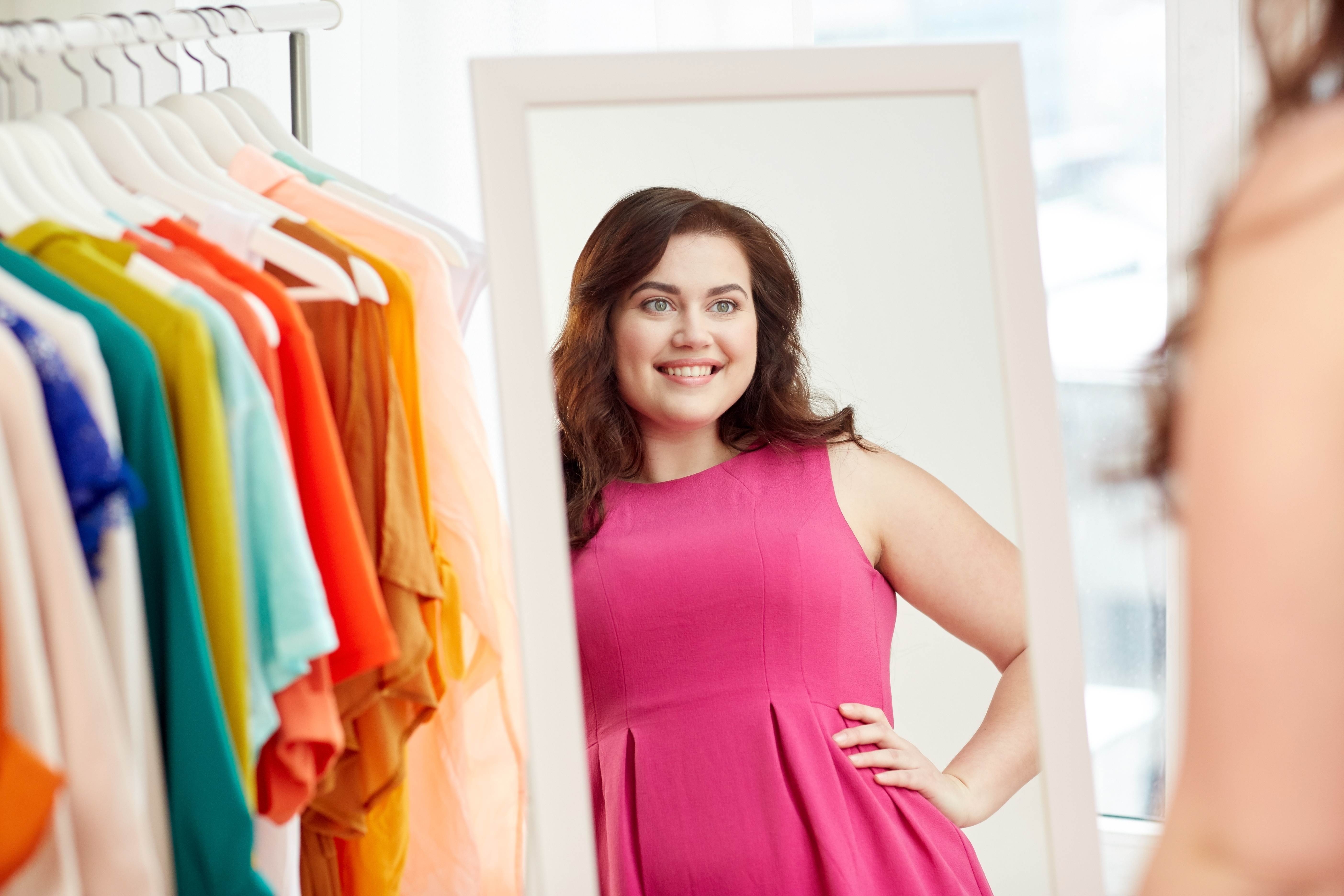The Fashion Industry Has A Plus-size Problem



Summary: There are obvious manufacturing bottlenecks when it comes to plus-size women's clothing, but if they are overcome successfully, entire new profitability vistas are set to open for the fashion brands. Plus-size customers seek options similar to women belonging to other size categories who can avail of luxury options and not rely only upon fast fashion offerings.
Fashion brands are now boarding the "size-inclusive" flight
Womenare increasingly becoming confident in their body types and are no longer ashamed of flaunting their curves. This class of customers, which majorly demands plus-size women's clothing, is now a confident lot and is expecting more from fashion brands. Sadly, even today, brands are not offering them enough variety with fabrics, colors, and patterns that can give them the freedom to go all out and express themselves.

Considering the untapped market opportunity, brands focusing on plus-size women's fashion are set to reap long-term, tangible, and intangible value.
Let us look into the size of the market, various challenges, and how brands can crack the code to profitability.
The Plus-size Clothing Market
The plus-size women's clothing market was estimated at $194 billion in 2021. It is expected to grow at a compound annual growth rate of more than 4% from 2022 to 2030. Spending on apparel by customers is surging across the world.
Within apparel products, fashionable plus-size clothing for women is seeing a lot of excitement as far as sales numbers are concerned. Major brands are no longer ignorant of such a surge in demand. For instance, Walmart launched a completely new brand – Terra and Sky – in 2018 to exclusively cater to this target audience. New Look, River Island, and Marks & Spencer are some high-street retailer brands that are now stocking an entire option in plus-size women's clothing.
Presently, the demand for plus-size clothing is mainly driven by the 25 to 45 years age bracket. Even today, brick-and-mortar physical stores do not have a variety to display in plus-size women's clothing, whereas there is no such limitation in the virtual medium.
Collaboration is fueling the expansion of the plus-size clothing category
Organic collaboration is happening between retailers, manufacturers, and designers to launch more plus-size fashion-focused exclusive stores. These stores are offering a wide variety of options in fashionable plus-size women's clothing.
Interestingly, the media is also not far behind. To grab the eyeballs of plus-size target audiences, more and more TV shows and fashion magazines are including plus-size models in their programs and print editions. These mammoth efforts between all the collaborating parties are all set to launch the demand for plus-size women's clothing.
Challenges in plus-size fashion categories
Across the globe, there is a palpable momentum toward body positivity and a greater representation of plus-size clothing. This movement is not only visible on social media but also in real life, where more people are starting to accept that being overweight or obese is not a thing to be ashamed of. However, a lot is being desired from fashion brands to provide viable options in fashionable plus-size clothing because of the following limitations:
Not enough trendy fashionable options

Brands that sell up to size 28 are still selling fashionable options only up to size 24. Anything up and above size 24 is usually not fashionable, according to views expressed by plus-size customers across media platforms. Mostly the customer ends up finding floral, bright, out-of-shape, and zany clothing options only if the fashion brand is selling up to size 30.
Variety in sizes is still not there
Fashionistas have been regularly complaining about diminishing options if you look above size 24. Brands are not spending enough on research on sizes and forms to make the collections really inclusive.
Online and brick-and-mortar displays are not backed by sufficient inventory
The stores do not provide enough space for the display of large-size outfits. And more often than not, these displays are not backed up by sufficient inventory. There are complaints that stores are depriving a sizeable chunk of customers of a good shopping experience.
Prices are marked up
Due to challenges faced in manufacturing plus-size women's clothing, brands often mark up the prices by as much as 15 to 20%. They don’t realize that the target audience of the plus-size fashion market has grown up in fast fashion and hence are quite sensitive to price points on offer.
Brands sometimes become insensitive in their marketing activities
Recently, online retailer Nasty Gal advertised "finally joining the party" while announcing a foray into the plus-size clothing category. They suffered a backlash on social media platforms as women argued that this tagline is against the spirit of inclusivity.
Brands need to seize the opportunity
Brands are realizing that plus-size women's clothing is opening doors for profitability. There are a set of challenges as mentioned above and there are few brands who have already done the needful to seize upon the opportunity. A variety of offerings and sensitivity in media campaigns are coming across as two important pillars for success. There are some manufacturing challenges, but the size of the opportunity is making it a worthwhile and calculated risk.

Fashinza is an AI-driven digital platform that brings brands and manufacturers together to provide seamless manufacturing solutions. The select group of manufacturers on the platform is adept at providing niche sourcing and production solutions needed for entering the plus-size clothing space.
Join hands with Fashinza for your design to shipment needs.
Key Takeaways
- Fashion brands are increasingly realizing the market potential for inclusivity through plus-size clothing
- This entire decade is going to be marked by a consistent surge in demand for fashionable large-size clothing.



















